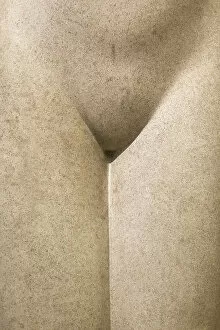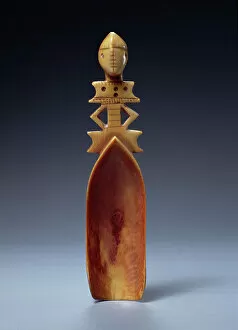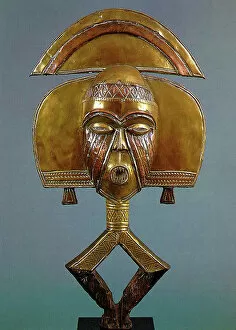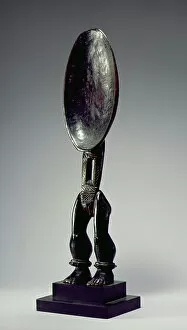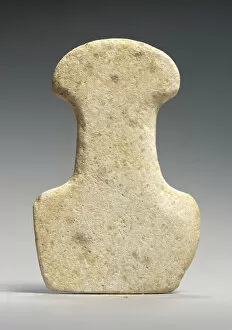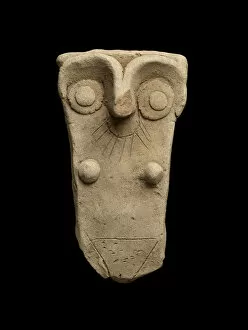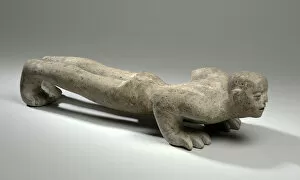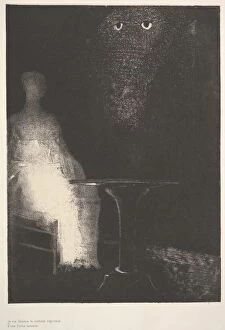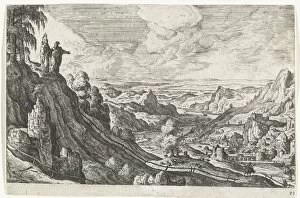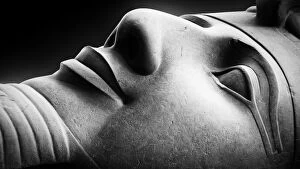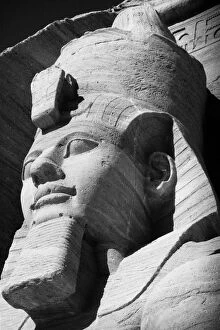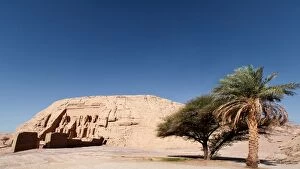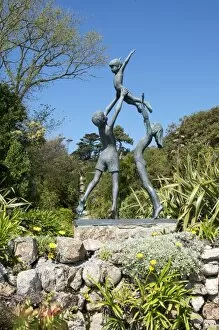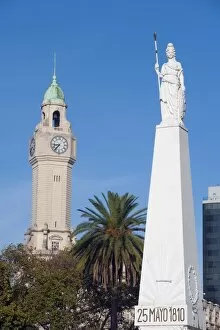Human Form Collection
The human form, a timeless subject of fascination and artistic expression, has been depicted in various materials and styles throughout history
For sale as Licensed Images
Choose your image, Select your licence and Download the media
The human form, a timeless subject of fascination and artistic expression, has been depicted in various materials and styles throughout history. From the detailed Mankind sculpture carved from Hoptonwood stone in 1927-28 to the delicate Nuna Spoon made of ivory from Burkina Faso, these works showcase the diversity and creativity of mankind. The Songye tribal statue crafted from wood captures the essence of tribal culture, while the Tribal Human Statue made of metal adds a modern twist to traditional art forms. The wooden Spoon from Dan Culture in Liberia or Ivory Coast exemplifies both functionality and beauty. In contrast, Spring Night and Willow painting on canvas portrays the human form through oil strokes that bring life to this serene scene. The Idol from Anatolia sculpted in marble reflects ancient beliefs and rituals surrounding divinity. Handle from a jar worked as a mother goddess during Early Dynastic III era showcases how even everyday objects were infused with spiritual significance. The Cycladic Female Violin Idol carved out of marble around 2800 BC represents an early example of figurative art. Moving forward in time, Small Stone Bridge created in 1988 using Hoptonwood stone demonstrates how contemporary artists continue to explore new ways to depict humanity's connection with nature. Meanwhile, The Witch and the Mandrake artwork executed with pencil & watercolor on paper transports us into an enchanting world filled with mystery. Finally, Agni - God of Fire engraved by Charles Etienne Pierre is a vivid lithograph that immortalizes this powerful deity. These diverse artworks remind us that throughout history, humans have sought to capture their own image through different mediums – be it stone or paint – expressing our shared experiences and aspirations for centuries untold.

